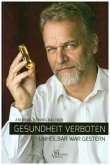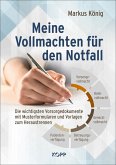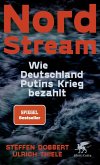- Chimamanda Ngozi Adichie: Dream Count
- Spiel für zwei: Azul Duel
- Thriller: Konklave
- Schwiecker/Tsokos: Der zweite Verdächtige
Persönliche Empfehlungen
Basiert auf Ihren zuletzt angesehenen Artikeln
 Unold 48241 Doppel-Waffelautomat56,99 €
Unold 48241 Doppel-Waffelautomat56,99 €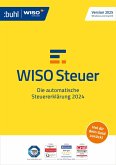 WISO Steuer 202529,99 €
WISO Steuer 202529,99 € Yael AdlerGenial ernährt!22,00 €
Yael AdlerGenial ernährt!22,00 € Stihl Motorsäge40,99 €
Stihl Motorsäge40,99 € Eckart von HirschhausenDer Pinguin, der fliegen lernte18,00 €
Eckart von HirschhausenDer Pinguin, der fliegen lernte18,00 €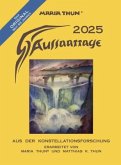 Matthias K. ThunAussaattage 2025 Maria Thun9,90 €
Matthias K. ThunAussaattage 2025 Maria Thun9,90 €![Gesund mit Visite - Bluthochdruck Gesund mit Visite - Bluthochdruck]() VisiteGesund mit Visite - Bluthochdruck18,99 €
VisiteGesund mit Visite - Bluthochdruck18,99 €![Rechne dich schlank Rechne dich schlank]() Guido RohrerRechne dich schlank24,00 €
Guido RohrerRechne dich schlank24,00 €![Gesundheit verboten - unheilbar war gestern Gesundheit verboten - unheilbar war gestern]() Andreas KalckerGesundheit verboten - unheilbar war gestern26,95 €
Andreas KalckerGesundheit verboten - unheilbar war gestern26,95 €![Paper Mario: Die Legende vom Äonentor (Nintendo Switch) Paper Mario: Die Legende vom Äonentor (Nintendo Switch)]() Paper Mario: Die Legende vom Äonentor (Nintendo Switch)49,99 €
Paper Mario: Die Legende vom Äonentor (Nintendo Switch)49,99 €![tiptoi® - Kennst du diese Tiergeräusche? tiptoi® - Kennst du diese Tiergeräusche?]() tiptoi® - Kennst du diese Tiergeräusche?19,99 €
tiptoi® - Kennst du diese Tiergeräusche?19,99 €![Vegan trifft Orient - Express Vegan trifft Orient - Express]() SerayiVegan trifft Orient - Express28,00 €
SerayiVegan trifft Orient - Express28,00 €!['Mama, bitte lern Deutsch' 'Mama, bitte lern Deutsch']() Tahsim Durgun'Mama, bitte lern Deutsch'18,00 €
Tahsim Durgun'Mama, bitte lern Deutsch'18,00 €![Meine Vollmachten für den Notfall Meine Vollmachten für den Notfall]() Markus KönigMeine Vollmachten für den Notfall12,00 €
Markus KönigMeine Vollmachten für den Notfall12,00 €![Nord Stream Nord Stream]() Steffen DobbertNord Stream18,00 €
Steffen DobbertNord Stream18,00 €-
-
-
-
-
-
-
-
-
-



